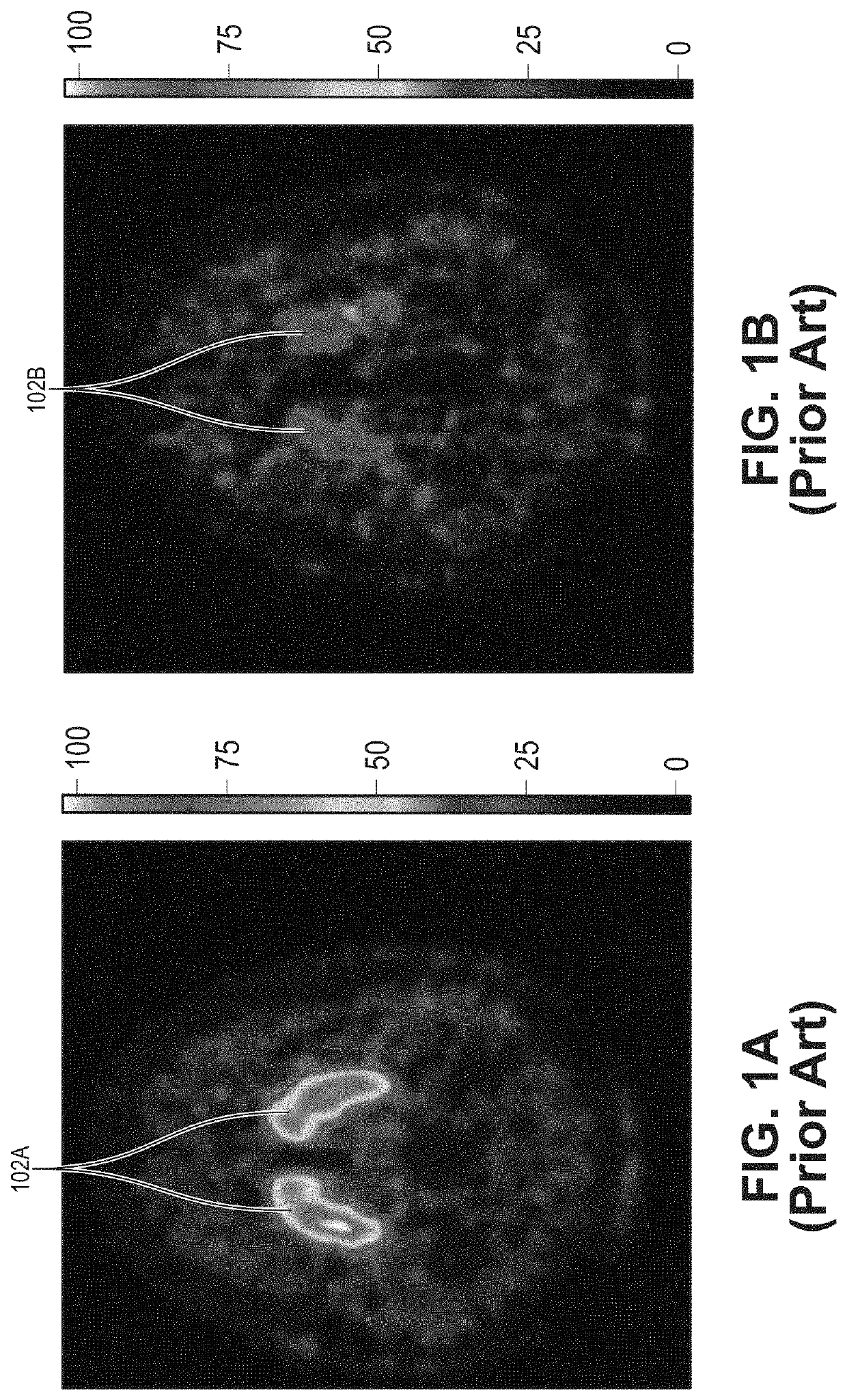Pharmacotherapy of neurosystem dysfunctions
- Summary
- Abstract
- Description
- Claims
- Application Information
AI Technical Summary
Benefits of technology
Problems solved by technology
Method used
Image
Examples
Embodiment Construction
[0042]Many important targets for drug treatment are inside the body, and most pharmacologic agents are delivered to the desired site of action through the blood, either after ingestion or by being introduced intravenously. This creates a problem in that the blood circulates and carries the drug to all parts of the body, many or most of which are not sites of pathology. These other parts may be affected by the drug, creating side effects that limit drug net benefit, may present safety concerns preventing approval of the drug at all, and may limit the maximum dose of the drug to levels too low to impact the target pathology.
[0043]In order to address these problems, drug delivery systems have been developed that carry the drug through the blood in an inactive form and then respond to some feature at the location of pathology to activate the drug. For example, the drug may be transported in a “container” that becomes porous and releases the drug in response to physiological factors in t...
PUM
 Login to View More
Login to View More Abstract
Description
Claims
Application Information
 Login to View More
Login to View More - R&D
- Intellectual Property
- Life Sciences
- Materials
- Tech Scout
- Unparalleled Data Quality
- Higher Quality Content
- 60% Fewer Hallucinations
Browse by: Latest US Patents, China's latest patents, Technical Efficacy Thesaurus, Application Domain, Technology Topic, Popular Technical Reports.
© 2025 PatSnap. All rights reserved.Legal|Privacy policy|Modern Slavery Act Transparency Statement|Sitemap|About US| Contact US: help@patsnap.com



